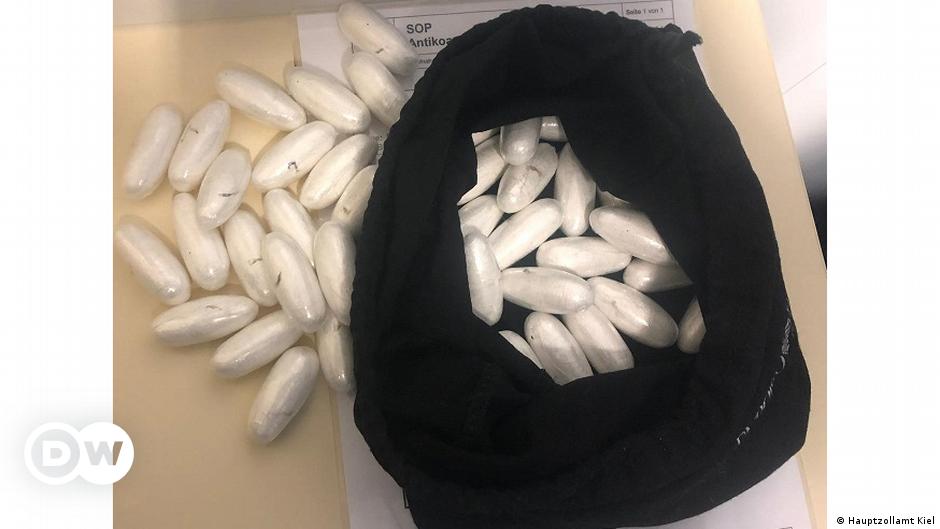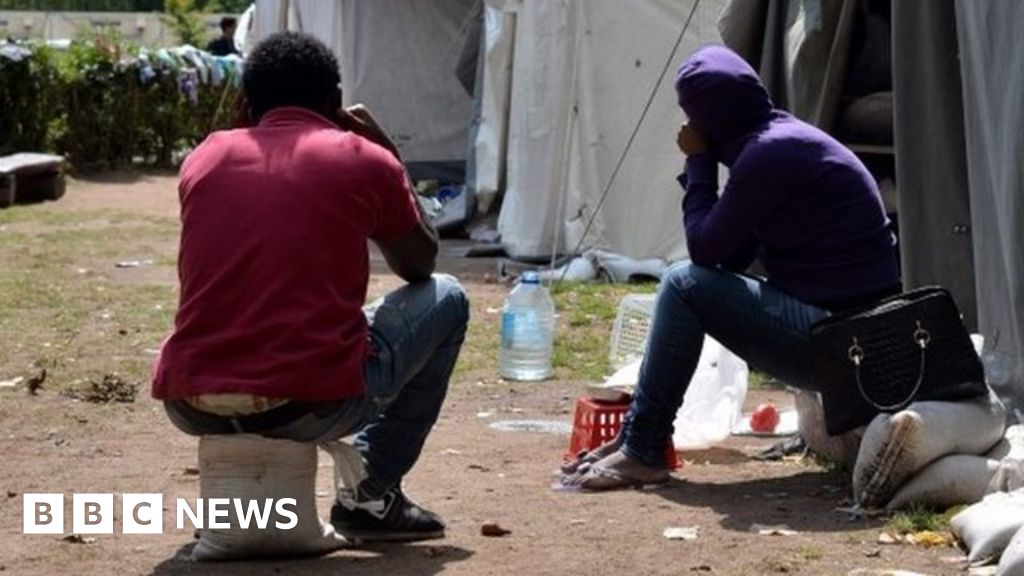2aguy
Diamond Member
- Jul 19, 2014
- 111,952
- 52,206
- 2,290
- Thread starter
- #561
So.....answer these questions....
1) A woman is about to be dragged from a bus stop, or dragged from a train platform to be brutally beaten, raped and murdered....should she be able to carry a gun to stop the rape and murder?
2) A woman stops a rapist from beating, raping and murdering her....you have the ability to go back in time.....do you take that gun away from her before the attack?
You anti-gun extremists never answer those questions? Will you?
Then...please go on to explain how it is that as more Americans own and carry guns, our gun crime rate went down 75%....our gun murder rate went down 49%......over a 27 year period....
How do you explain that?
Over the last 27 years, we went from 200 million guns in private hands in the 1990s and 4.7 million people carrying guns for self defense in 1997...to close to 400-600 million guns in private hands and over 19.4 million people carrying guns for self defense in 2019...guess what happened...
New Concealed Carry Report For 2020: 19.48 Million Permit Holders, 820,000 More Than Last Year despite many states shutting down issuing permits because of the Coronavirus - Crime Prevention Research Center
-- gun murder down 49%
--gun crime down 75%
--violent crime down 72%
Gun Homicide Rate Down 49% Since 1993 Peak; Public Unaware
Compared with 1993, the peak of U.S. gun homicides, the firearm homicide rate was 49% lower in 2010, and there were fewer deaths, even though the nation’s population grew. The victimization rate for other violent crimes with a firearm—assaults, robberies and sex crimes—was 75% lower in 2011 than in 1993. Violent non-fatal crime victimization overall (with or without a firearm) also is down markedly (72%) over two decades.
This means that access to guns does not create gun crime........
Why do our democrat party controlled cities have gun crime problems?
1) the democrat party keeps releasing violent gun offenders...they have created a revolving door for criminals who use guns, and will release even the most serious gun offenders over and over again....why? Probably because they realise that normal people don't use their guns for crime, so if they want to push gun control, they need criminals to shoot people.....so they keep releasing them....
2) The democrat party keeps attacking the police.....driving the officers into not doing pro-active policing, cutting detective forces so that murders go unsolved..........



